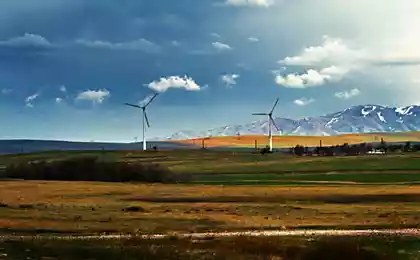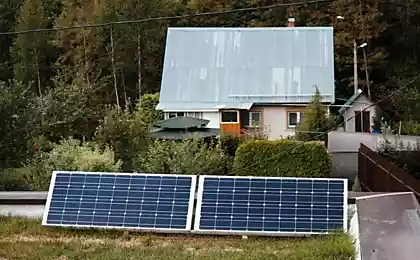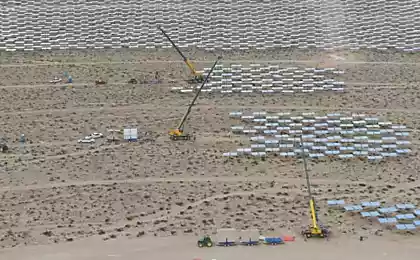185
Giant 5,000 MW and 2,500 MW solar projects get green light
The largest solar power plant in the world is a California project with a capacity of 550 megawatts. Despite the sheer scale, the fact that the Indian state of Jammu and Kashmir recently greenlighted two 5,000 MW and 2,500 MW solar projects makes the California project a dwarf. Of course, Indian projects are likely to consist of many individual solar power plants. However, the 7,500 MW capacity represents about three-quarters of total solar capacity in the United States at the end of Q3 2013.
These new 7,500 MW solar projects complement another 4,000 MW ultra-mega solar project that recently received a memorandum of understanding in another Indian state, Rajasthan. Again, simple math shows that all three of these projects together will have a capacity greater than all the solar power currently installed in the United States.
However, all this was not a big surprise. India is looking to power hundreds of millions of people who don’t currently have electricity in the coming years, and solar is already cheaper than diesel power plants. In an effort to avoid building inflexible, polluted, expensive and centralized power plants (nuclear and coal-fired power plants), India is evolving right into a clean energy era. As CNBC and Harvard Business Review discussed in their “Energy Opportunities” series a few years ago, just as people in the developing world leapfrogged the landline telephony era and immediately entered the cellphone world, they will be able to take advantage of wind and solar power without being burdened by the unsustainable technologies of 20th century power plants.
At a meeting of senior officials, a memorandum of understanding on solar projects in Jammu and Kashmir was signed. The 5,000 MW project is planned for construction in the geographic region of Ladakh, and the 2,500 MW project is planned for construction in the city of Kargil.
Farooq Abdullah, an official with India’s Ministry of New and Renewable Energy, said at the meeting that the Ladakh region could easily accommodate 30,000 MW of solar capacity. There is reason to believe that 5,000 MW is just the beginning.
Source: aenergy.ru




















